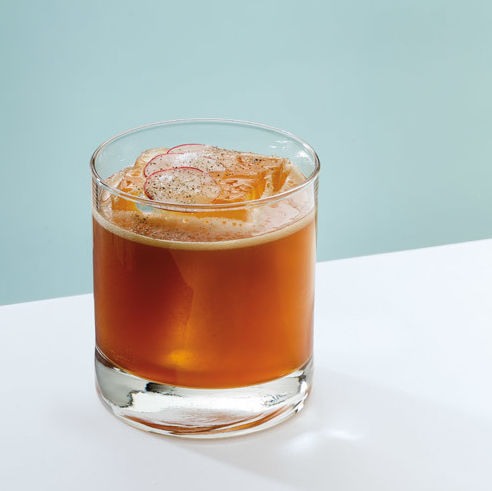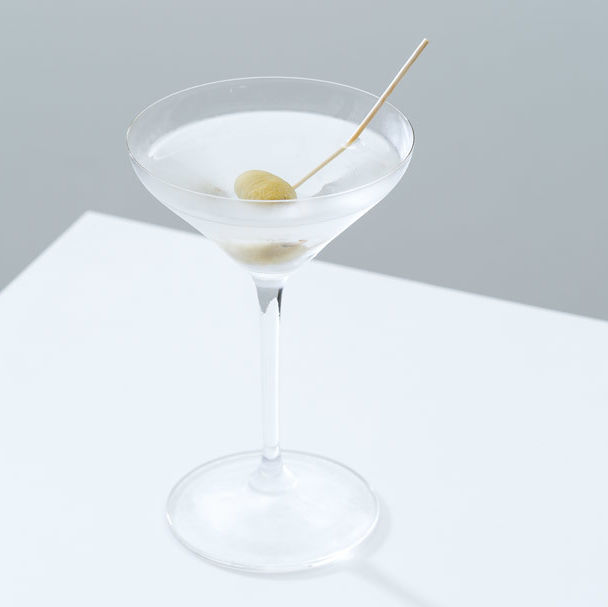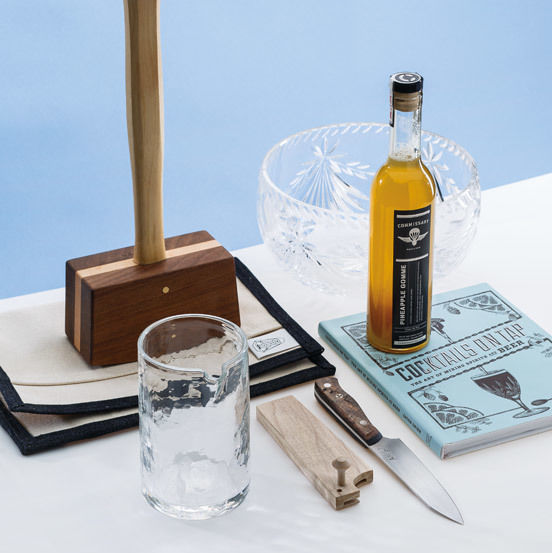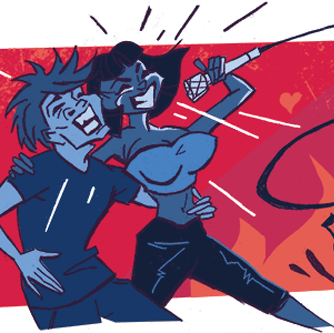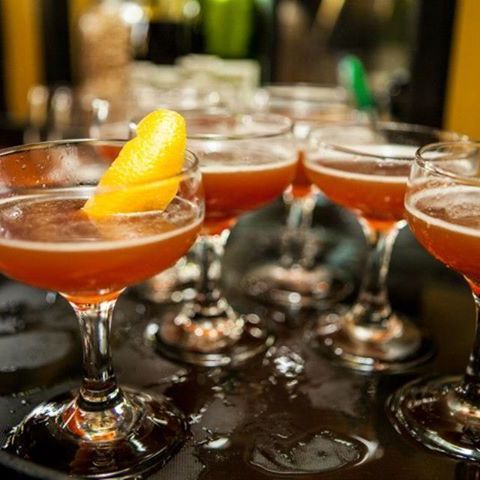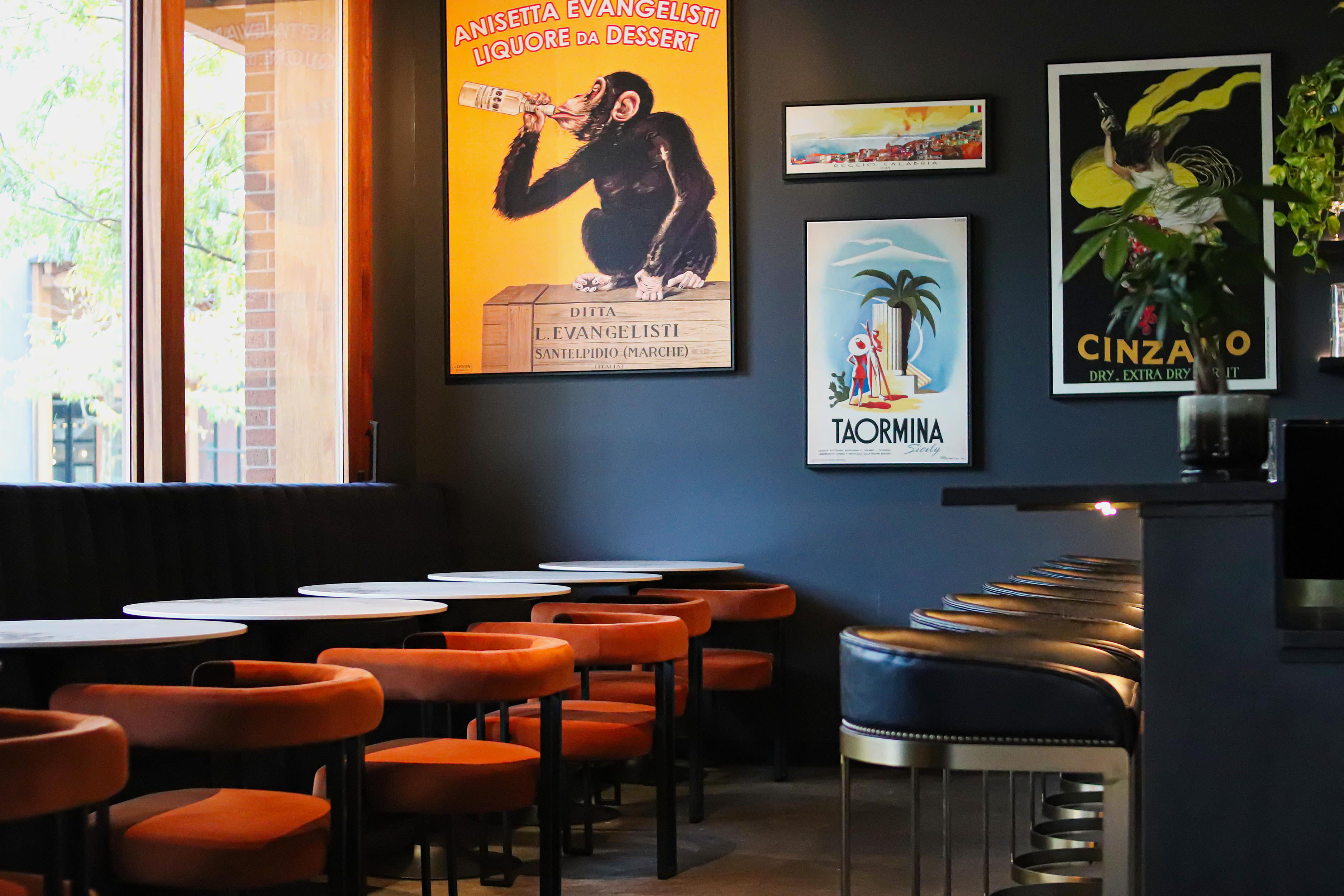Behind the Bar: Shaker Secrets from PDX's Master Cocktail Brains

Image: Michael Novak
Jeffrey Morgenthaler
Jeffrey Morgenthaler, one of Portland’s most venerated bartenders, thinks cocktails are due for some casual fun. After a recent world tour to promote his new tome, The Bar Book, the forthright fellow emerged with some thoughts about the future:
“Six years ago or so, there was this movement: if you wanted to be taken seriously, your cocktails had to be full of ingredients that nobody had heard of. Everything was brown, bitter, and stirred. Juice was a big no-no. Something happened when drink menus went into the hands of bartenders: they stopped caring about what people wanted to drink.
We didn’t set out to revive dumb drinks at Pepe [the opening menu included an espresso martini and a grasshopper]. The whole philosophy was ‘whatever you want to order—a Boulevardier, a Long Island, an Irish coffee—we’re going to make it delicious.’ That doesn’t mean that all bars will start making crappy, trashy drinks again. People can tell the difference now. We’ve changed the rules, upped the game. Our Long Island isn’t just 7-Up and well liquor and a sour mixer. I applied everything I’ve learned about classic cocktails to that drink: it’s like a Tom Collins with high-quality spirits, fresh lemon juice, and some Mexican Coke.”

Image: Michael Novak
Genevieve Brazelton
The Bitter Housewife
For most bartenders, there is Angostura and Peychaud’s, and then there is everyone else. Portlander Genevieve Brazelton is on a mission to change that with small-batch aromatic bitters that enhance, soften, and lengthen flavors with culinary flair. We asked her for three outside-the-box applications for her handmade formulations.
Buck convention. One of Brazelton’s favorite ways to breathe new life into classic cocktails is to add bitters to traditionally nonbitter drinks. She adds grapefruit bitters to a gin and tonic, cardamom bitters to a margarita, and aromatic bitters to a dark and stormy. You can also swap styles of bitters—in an old-fashioned, try cardamom rather than aromatic bitters.
Cook with them. Once Brazelton started making her own bitters, she realized they were essentially concentrated extracts, like vanilla or almond. They have thus become an essential tool in her home kitchen. They work great in marinades (try aromatic bitters with braised short ribs), in baking (Brazelton recommends adding a few dashes to pumpkin pie or apple crisp), and as a deep bass note in vinaigrettes.
Pair with bubbles. Bitters do wonders for non- or low-alcohol drinks. Brazelton loves adding a simple aperitif like Lillet to soda water and finishing it with just a few dashes of grapefruit bitters; or crafting a classic Champagne cocktail by dousing a sugar cube with aromatic bitters before adding bubbles. For nondrinkers, the possibilities are endless, from ginger beer with pear nectar and aromatic bitters to soda water with citrus-rosemary syrup and grapefruit bitters.

Jim Meehan
Image: Michael Novak
Jim Meehan
PDT
Jim Meehan is one of the godfathers of modern mixology. His Manhattan bar PDT (Please Don’t Tell) is the craft-cocktail speakeasy upon which all others are based. Meehan’s The PDT Cocktail Book has joined the legendary likes of Mr. Boston behind nearly every serious bar in the country. Here, the Portland newcomer talks about the birth of the modern speakeasy and his prospective Rose City restaurant.
On keeping cocktails classy... “I feel like we are in the midst of an identity crisis. Across the country, we are seeing the casualization of the cocktail bar. It’s not going to work. There’s nothing casual about craft cocktails; they are much closer to the conventions of fine dining than a public house. My hunch is that you can’t eat your cake and have it, too.”
On launching the speakeasy movement... “I think a lot of people who tried to duplicate PDT didn’t get the memo. Criff Dogs (the eclectic hot dog stand in which PDT is housed) couldn’t get a liquor license next door. So the secret phone booth was created by necessity, not by design. The reason it works is that people love to discover things. There is something that will always be appealing about the concept, whether it’s trendy or not.”
On opening a spot in Portland... “I’m going to open a restaurant in Portland, not a bar. The place I miss working the most in my 20 years in the industry is Gramercy Tavern (the Michelin-starred Manhattan icon). I miss wine pairings, and the balance of power between chef and bar. In New York, good food and drink is a given—it’s a must. I’m not going to serve better food than Gabriel Rucker or better drinks than Daniel Shoemaker, but I can bring my own style and sense of hospitality. It’s not what you serve; it’s how you serve it.”

